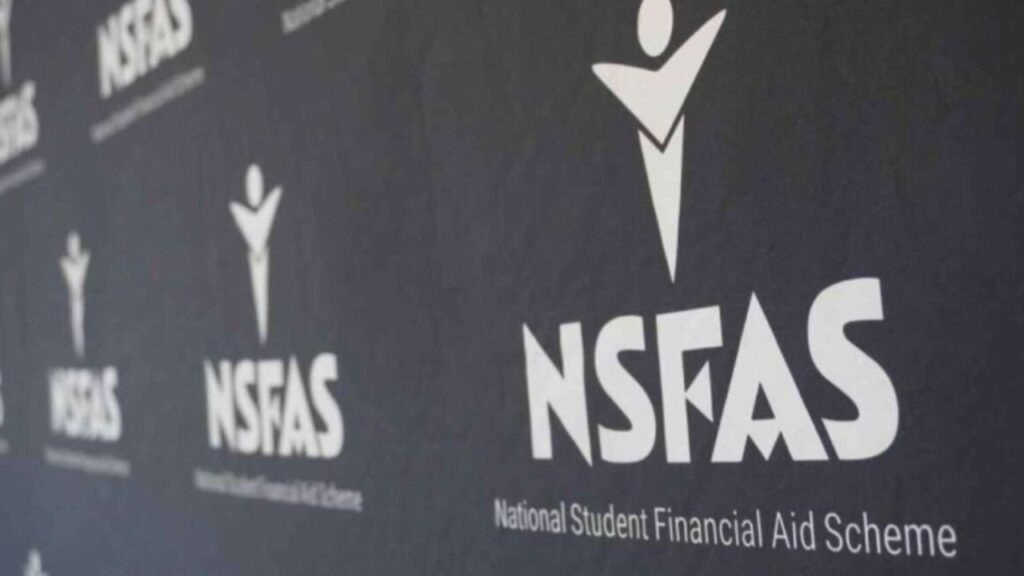The National Student Financial Aid Scheme (NSFAS) continues to serve as a cornerstone of educational opportunity for South African students from financially disadvantaged backgrounds. As of May 2025, several new updates have been introduced to streamline the application process, strengthen the system’s integrity, and expand support to deserving candidates. These changes aim to ensure that students across the country can pursue higher education without being limited by financial constraints.
Evolving Requirements: Understanding the New NSFAS Eligibility Criteria
For the 2025 academic year, the eligibility framework has been refined to focus more keenly on financial need and academic readiness. Only South African citizens with valid identification are permitted to apply, and candidates must be planning to attend or already be enrolled in a public university or accredited TVET college. Financial qualification now requires that a household’s total annual income does not exceed R350,000, though this cap is raised to R600,000 for students living with disabilities. Importantly, students must have passed their most recent academic year to remain or become eligible. Recipients of SASSA grants automatically qualify for funding, although they are still expected to complete the formal application process.
Clearer Loan Conversion Guidelines Create Greater Transparency
The loan-to-bursary component of NSFAS has often been a point of confusion. In 2025, the process has been clarified to give students a more straightforward understanding of how their funding can shift from a repayable loan to a non-repayable bursary. Students who pass all their modules and meet academic progression standards may see up to 40% of their loan converted into a bursary. Additionally, an extra 10% may be waived for those who engage in verified community service relevant to their field of study. However, students who fail the majority of their courses risk losing their bursary status and may be required to repay the full amount awarded.
Mapping the Path: A Simple Guide to Applying for NSFAS in 2025

Prospective applicants are encouraged to begin the process early, as the NSFAS application window for 2025 is open from January until 31 August 2025. The application journey begins on the official NSFAS website, where students must register on the myNSFAS portal. After creating an account, applicants need to provide accurate personal information and upload all required documentation, such as proof of household income, academic transcripts, and an official letter of acceptance or registration from a public institution. Once submitted, applicants are urged to monitor their portal regularly for status updates, and results will be shared via SMS and email. If rejected, students have a 30-day window to file an appeal.
Introducing Mobile Accessibility and Institutional Collaboration
To improve user experience and communication, NSFAS has launched a dedicated mobile application. This tool enables students to upload required documents, track their application progress, and receive instant updates. Furthermore, the scheme has expanded its reach by securing additional partnerships with TVET colleges throughout the country, thereby offering more funding avenues for vocational training students across all nine provinces.
Strengthening Verification Through Government Integration
This year’s updates also highlight a commitment to operational efficiency. A key feature of the revised process is stronger data synchronization with the Department of Home Affairs and the South African Revenue Service. This integration reduces administrative backlogs by ensuring rapid verification of citizenship and financial eligibility. Such developments help minimize fraud while improving the speed at which decisions are made and funds are disbursed.
Tailored Support for Students with Disabilities
NSFAS continues to enhance its inclusivity by offering specialized assistance to students with disabilities. The scheme now provides funding for essential support services and the purchase of assistive devices tailored to students’ individual needs. These resources are aimed at creating an equitable learning environment and ensuring that no student is left behind due to physical or learning barriers.
Staying Compliant to Secure Ongoing Support
For those who have previously received NSFAS funding, maintaining good academic standing is more important than ever. Continuous eligibility now hinges on consistent academic progress. This requirement ensures that funding is not only distributed fairly but also directed towards students who are committed to completing their education.
Education as a National Priority: Final Thoughts
As tuition and living costs continue to climb, NSFAS remains a vital mechanism for ensuring educational equity in South Africa. The 2025 reforms reflect a system that is becoming increasingly efficient, accountable, and aligned with the evolving needs of students. With clear guidelines and technological support, the process is more accessible than ever. By staying informed and engaged, students can take full advantage of the opportunities NSFAS offers and move closer to achieving their academic goals.


